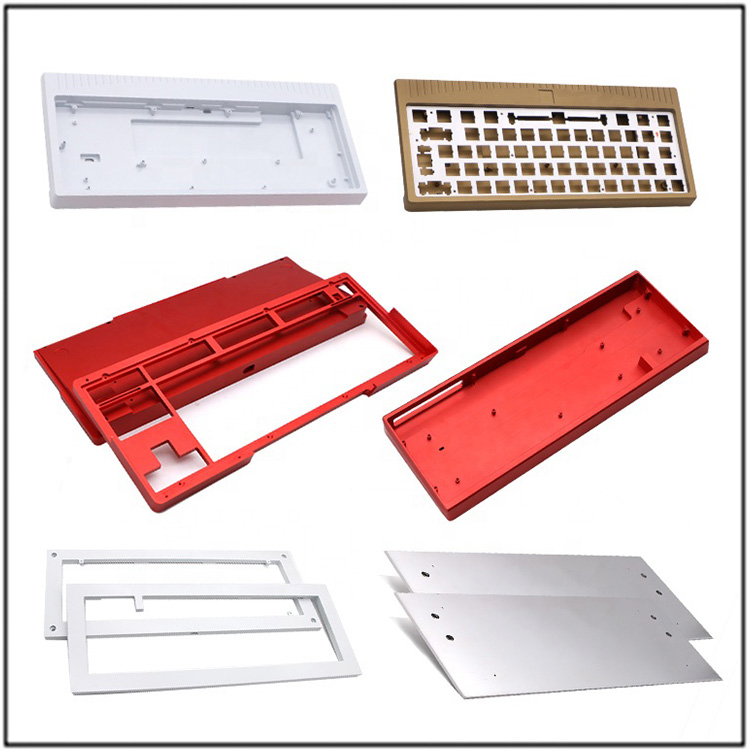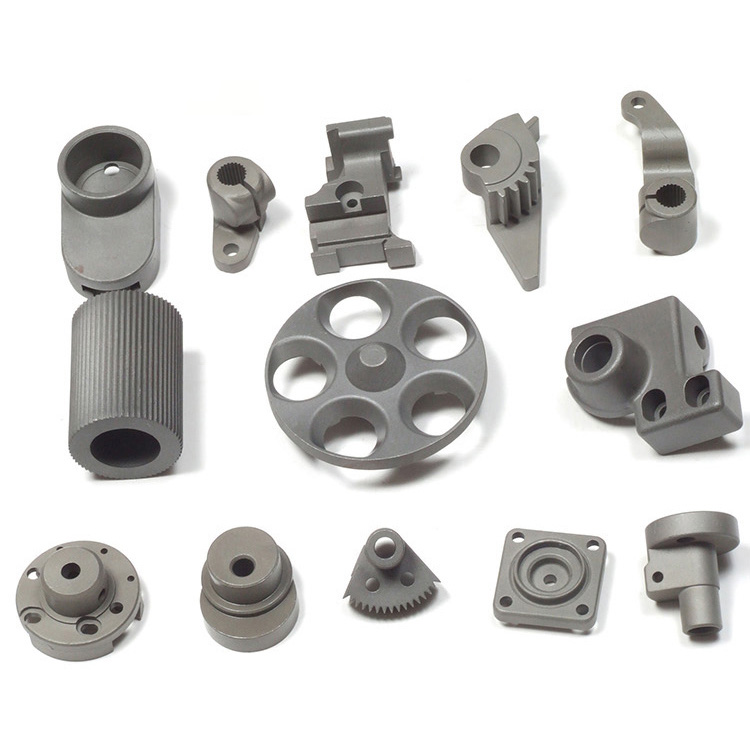
Plastic Parts: Quick Sampling and Rapid Production Guide
In modern manufacturing, rapid prototyping and production of plastic parts are crucial. With the shortening of product lifecycle and rapid changes in market demand, enterprises need to have the ability to respond quickly to the market. This article will provide a detailed introduction to the key technologies and methods for rapid prototyping and production of plastic parts, and explore how to optimize these processes to improve efficiency and reduce costs.
1.Quick prototyping technology
1-1,3D printing
3D printing is currently one of the popular rapid prototyping technologies. It can directly manufacture plastic parts based on CAD models, with fast speed and low cost. Common 3D printing technologies include FDM (fused deposition modeling), SLA (photopolymerization), and SLS (selective laser sintering). Each technology has its own advantages and limitations, and choosing the appropriate 3D printing technology depends on specific application needs.
1-2,CNC machining
CNC machining is a high-precision and fast sampling method. By using CNC machine tools to cut plastic blocks, the required parts can be quickly manufactured. CNC machining is suitable for producing parts with high precision requirements and complex structures, but the relative cost is relatively high.
1-3,Vacuum replication
Vacuum replication is a method of replicating small batches of plastic parts using silicone molds. Firstly, a prototype is produced through 3D printing or CNC machining, and then a mold is made of silicone material to manufacture multiple plastic parts through casting technology. Vacuum replication has low cost and high efficiency, making it suitable for small-scale production.
2. Rapid Production Method
2-1, Injection molding
Injection molding is the main method for mass production of plastic parts. By heating and melting plastic particles, injecting them into a mold and cooling them down
Type can efficiently produce a large number of plastic parts with high consistency. To achieve rapid production, the following measures can be taken:
·Optimizing mold design: Good mold design can shorten the molding cycle and improve production efficiency. For example, using a multi cavity mold can form multiple parts at once.
·Automated production line: Introducing automated equipment such as robots and automated assembly lines can reduce manual intervention and improve production speed.
·Efficient cooling system: Optimizing the cooling system of the mold can cool the plastic faster and shorten the molding cycle.
2-2,Quick mold change
In the production of multiple varieties and small batches, rapid mold changing technology is particularly important. By adopting a rapid mold change system, downtime can be significantly reduced and production flexibility can be improved. The main methods include:
·Standardized mold substrate: Using standardized mold substrates can simplify the process of mold replacement.
·Quick clamping system: Using a quick clamping system, the mold can be quickly fixed and disassembled.
·Automatic mold changing system: Introducing an automatic mold changing system can further improve the speed and accuracy of mold changing.
3.Optimize the strategy for rapid prototyping and production
3-1,Parallel Engineering
Parallel engineering refers to the synchronous implementation of various stages such as design, process, and manufacturing in the product development process, rather than sequential implementation. Through parallel engineering, the development cycle can be shortened and the time to market for products can be accelerated.
3-2,Virtual simulation
By using computer simulation technology, it is possible to simulate and optimize the process flow before actual production, identify and solve problems in advance, and avoid rework and delays in production. The commonly used simulation software includes Moldflow, ANSYS, etc.
3-3,Supply chain management
Optimizing supply chain management can ensure timely supply of raw materials and components, avoiding production delays caused by supply chain issues. By establishing close cooperative relationships with suppliers and adopting JIT (Just In Time) production mode, the flexibility and response speed of the supply chain can be improved.
4.Case analysis
Case 1: Rapid prototyping of a certain automotive parts company
A certain automotive parts company has adopted 3D printing technology for rapid prototyping, successfully shortening the development cycle of new products from the traditional 6 months to 3 months. By optimizing design and process flow, the enterprise not only improved product quality, but also significantly reduced development costs.
Case 2: Rapid Production of a Consumer Electronics Enterprise
A certain consumer electronics company has achieved rapid production of small batches and multiple varieties of products by introducing automated production lines and rapid mold changing systems. The production efficiency of the enterprise has increased by 30%, and the product launch time has been shortened by 50%.
5,Conclusion
Quick prototyping and rapid production are the key to enhancing competitiveness in modern manufacturing industry. By adopting advanced technology and optimization strategies, enterprises can respond to market demand faster, improve production efficiency, and reduce costs. When implementing these technologies and strategies, it is necessary to choose appropriate solutions based on the actual situation of the enterprise itself.
Are you looking for a plastic parts processing manufacturer?
Rainbow is a leading enterprise specializing in rapid prototyping and production of plastic parts. We have advanced equipment and rich experience to provide customers with high-quality and efficient plastic parts manufacturing services. Whether it's 3D printing, CNC machining, or injection molding, we can meet your needs. Through continuous innovation and optimization, we are committed to providing customers with high-quality products and services. By choosing Rainbow, you will have our production advantages and market competitiveness.









